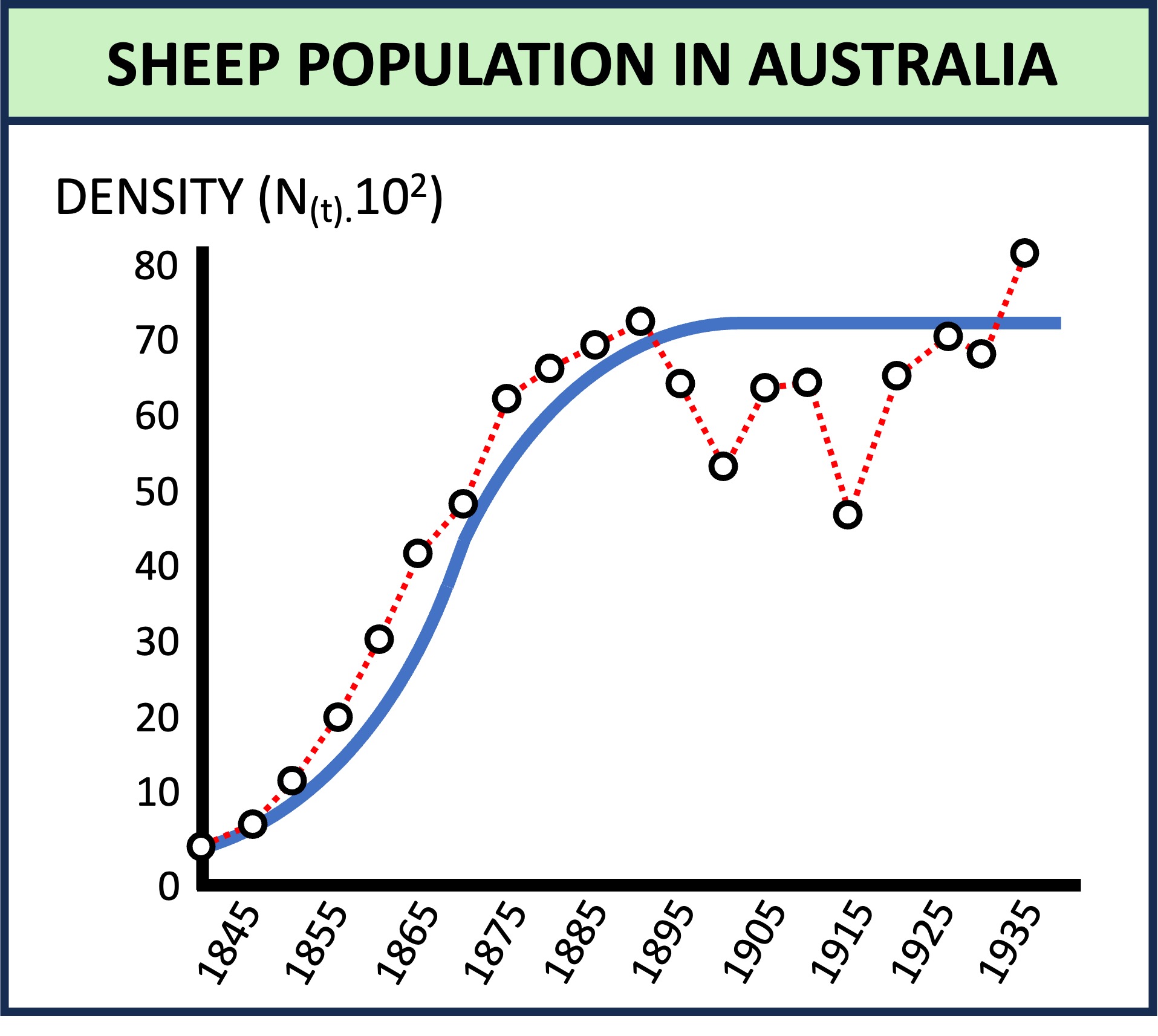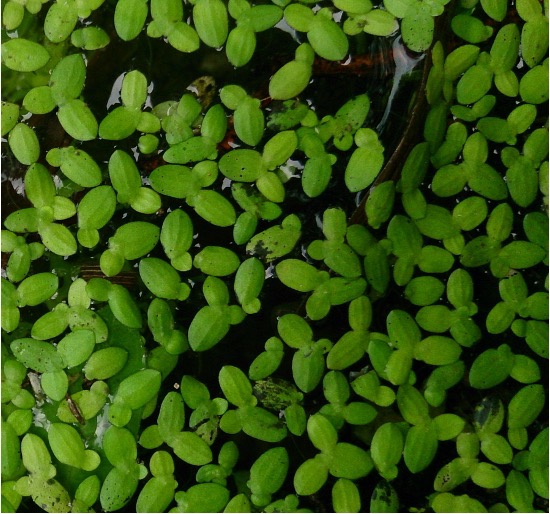

Population Growth
Stable populations occupying a fixed geographic space demonstrate a sigmoidal (S-shaped) population growth curve
-
This curve will typically follow three main stages – an exponential growth phase, a transitional phase and a plateau phase
1. Exponential Growth Phase
-
Initially, population growth will be slow as there are few reproductive individuals that are likely widely dispersed
-
As numbers accumulate, there is a rapid increase in population size as natality greatly exceeds mortality
-
Mortality remains low because there are abundant resources and minimal environmental resistance
2. Transitional Phase
-
As the population continues to grow, resources eventually become limited, which leads to competition for survival
-
Natality rates start to fall and mortality rates begin to rise, leading to a slowing of population growth
3. Plateau Phase
-
Eventually the increasing mortality rate equals the natality rate and population growth becomes static
-
The population has reached the carrying capacity (κ) of the environment, with limiting factors keeping the population stable
-
The population size at this point will not be constant, but will oscillate around the carrying capacity to remain even
Sigmoidal population growth curves are commonly seen in newly established or recovering populations
-
Sheep were first introduced to Australia upon European colonisation and demonstrated exponential growth followed by a plateau
-
Antarctic fur seals were hunted during the 1800s and their subsequent recovery followed established growth patterns
Population Growth Curves


Modelling Growth
Population growth curves can be modelled using simple organisms that grow under laboratory conditions – such as yeast or duckweed
-
These organisms are small and so can easily populate small containers that are easy to store
-
Nutritional requirements are low, making experiments inexpensive to conduct
-
These organisms reproduce very rapidly, allowing results to be generated in a relatively short period of time
The growth rate of yeast can be measured by growing the microorganism in a broth culture and measuring turbidity
-
Turbidity is a measure of the cloudiness of a solution – higher growth rates result in a cloudier solution
Duckweed is a type of plant that grows on the surface of ponds and reproduces to form clusters of fronds that can be easily counted
-
Duckweed will reproduce in a petri dish containing distilled water mixed with liquid fertiliser and a constant light source
Growth Modelling

Yeast (S. cerevisiae)





